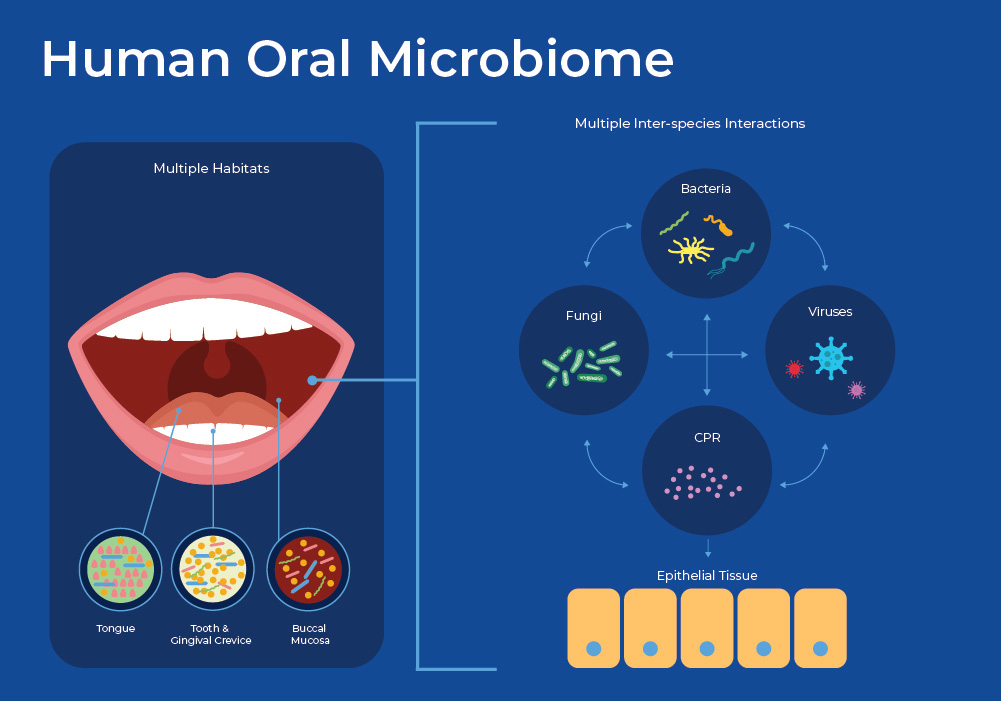Inocles are massive DNA elements in oral bacteria. Discover how this groundbreaking find could reshape oral health and disease detection.
Inocles: The Giant DNA Elements Transforming Our Understanding of the Human Mouth
Scientists discover Inocles—massive DNA structures in oral bacteria—revealing secrets of oral health, disease, and microbiome evolution.
Inocles: The Giant DNA Elements Transforming Our Understanding of the Human Mouth
Inocles are newly discovered, giant DNA elements found in the bacteria living in your mouth—and they may change how we approach oral health forever. These massive DNA structures are rewriting the rules of the oral microbiome.
🧬 What are inocles?
Inocles are a new type of extrachromosomal DNA found in Streptococcus salivarius, a common resident of your mouth. Unlike small plasmids, these DNA elements are about 350,000 base pairs—10x larger than typical plasmids—and packed with genes that help bacteria survive, evolve, and potentially affect our health.
🔍 How Scientists Found Them
Researchers at the University of Tokyo used a technique called preNuc to filter out human DNA from saliva samples. Then, with long-read DNA sequencing, they assembled the full structure of these previously hidden elements.
The result? They found that about 74% of people carry bacteria with Inocles—making them widespread, yet totally overlooked until now.
🧠 Why Inocles Matter
🔹 1. Genetic Survival Kits
Inocles carry genes that allow bacteria to:
- Survive oxidative stress (from mouthwash, food, etc.)
- Repair DNA damage
- Adapt to changing environments
- Interact with the host (potentially affecting immune response)
Many of these genes are entirely new to science, and researchers are still trying to understand what they do.
🔹 2. Oral Health Breakthrough
Inocles might explain how certain bacteria persist even after oral treatments. They could become a target for future dental therapies or help guide personalized oral care, depending on your unique microbiome.
🦷 Related Reading: The Oral Microbiome and Its Role in Dental Health (Insert internal link)
🔹 3. Potential Biomarkers for Disease
Early research suggests Inocles may serve as biomarkers for systemic conditions like inflammation or even cancer. One day, a simple saliva test might help detect early signs of disease.
🌍 A Hidden Layer of Microbiome Complexity
Despite decades of oral health research, Inocles were completely missed until new tools made them visible. Their discovery shows that our understanding of the microbiome is still evolving—and far from complete.
🔬 Want to know more? Explore how the microbiome affects your whole body (Insert internal link)
🔬 What’s Next for Inocles Research?
Scientists are now focused on:
- Culturing Inocle-carrying bacteria in the lab
- Studying how they’re passed between people
- Decoding their unknown genes
- Investigating links to human diseases
This could lead to breakthroughs in personalized medicine, probiotics, and even early disease diagnostics.
🧩 Why Should You Care?
Understanding Inocles isn’t just about science—it’s about your health. These DNA giants could:
- Improve oral hygiene strategies
- Help prevent cavities and gum disease
- Guide personalized dental treatments
- Serve as early warning signs for chronic disease
All this from something hiding in plain sight—inside your own mouth.
🧾 Final Thoughts
The discovery of Inocles is one of the most exciting developments in microbiome science. These DNA giants challenge what we know about bacterial behavior, oral health, and how genes shape our biology.
As research continues, don’t be surprised if Inocles make their way into your dentist’s office—or your doctor’s.
🧬 There’s a world of genetic discovery happening inside you. Inocles are just the beginning.
✅ TL;DR (Too Long; Didn’t Read)
- Inocles are massive DNA elements newly discovered in oral bacteria.
- Found in ~74% of people, they carry genes that help bacteria adapt, survive, and potentially influence health.
- They may revolutionize oral health, probiotic design, and disease diagnostics.
- Scientists are now unlocking their functions and long-term health implications.
Please follow this blog for more information
Want more on cutting-edge science like this?
🔔 Subscribe to our newsletter or 🧠 follow our health science blog for weekly updates.
